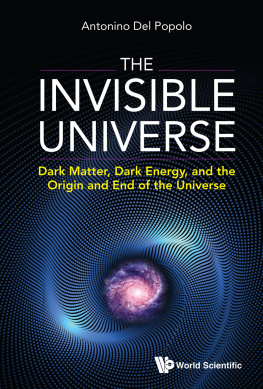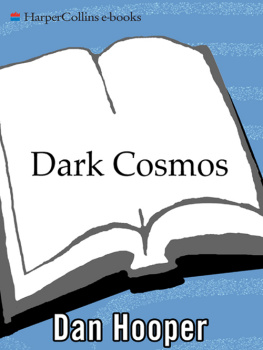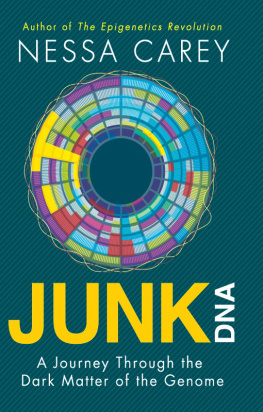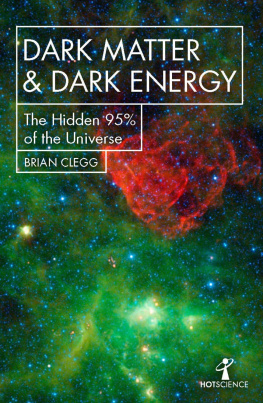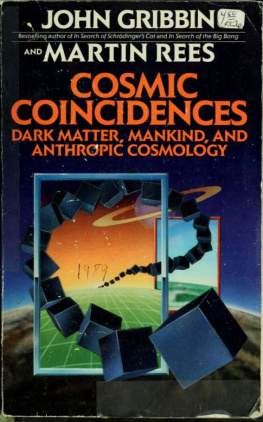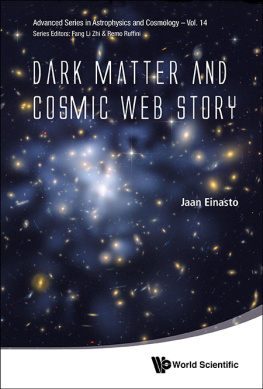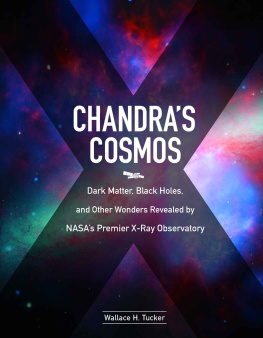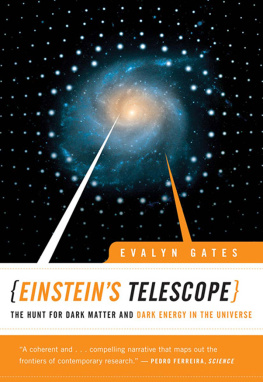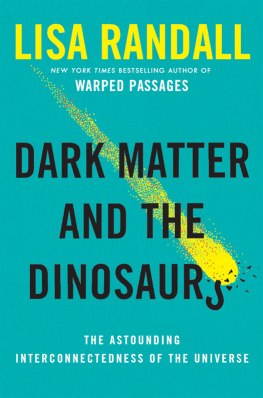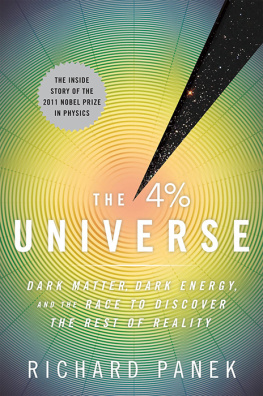Freese - The cosmic cocktail : three parts dark matter
Here you can read online Freese - The cosmic cocktail : three parts dark matter full text of the book (entire story) in english for free. Download pdf and epub, get meaning, cover and reviews about this ebook. City: Princeton, N.J, year: 2014, publisher: Princeton University Press, genre: Children. Description of the work, (preface) as well as reviews are available. Best literature library LitArk.com created for fans of good reading and offers a wide selection of genres:
Romance novel
Science fiction
Adventure
Detective
Science
History
Home and family
Prose
Art
Politics
Computer
Non-fiction
Religion
Business
Children
Humor
Choose a favorite category and find really read worthwhile books. Enjoy immersion in the world of imagination, feel the emotions of the characters or learn something new for yourself, make an fascinating discovery.
The cosmic cocktail : three parts dark matter: summary, description and annotation
We offer to read an annotation, description, summary or preface (depends on what the author of the book "The cosmic cocktail : three parts dark matter" wrote himself). If you haven't found the necessary information about the book — write in the comments, we will try to find it.
The ordinary atoms that make up the known universefrom our bodies and the air we breathe to the planets and starsconstitute only 5 percent of all matter and energy in the cosmos. The rest is known as dark matter and dark energy, because their precise identities are unknown. The Cosmic Cocktail is the inside story of the epic quest to solve one of the most compelling enigmas of modern sciencewhat is the universe made of?told by one of todays foremost pioneers in the study of dark matter.
Blending cutting-edge science with her own behind-the-scenes insights as a leading researcher in the field, acclaimed theoretical physicist Katherine Freese recounts the hunt for dark matter, from the discoveries of visionary scientists like Fritz Zwickythe Swiss astronomer who coined the term dark matter in 1933to the deluge of data today from underground laboratories, satellites in space, and the Large Hadron Collider. Theorists contend that dark matter consists of fundamental particles known as WIMPs, or weakly interacting massive particles. Billions of them pass through our bodies every second without us even realizing it, yet their gravitational pull is capable of whirling stars and gas at breakneck speeds around the centers of galaxies, and bending light from distant bright objects. Freese describes the larger-than-life characters and clashing personalities behind the race to identify these elusive particles.
Many cosmologists believe we are on the verge of solving the mystery. The Cosmic Cocktail provides the foundation needed to fully fathom this epochal moment in humankinds quest to understand the universe.
Freese: author's other books
Who wrote The cosmic cocktail : three parts dark matter? Find out the surname, the name of the author of the book and a list of all author's works by series.



